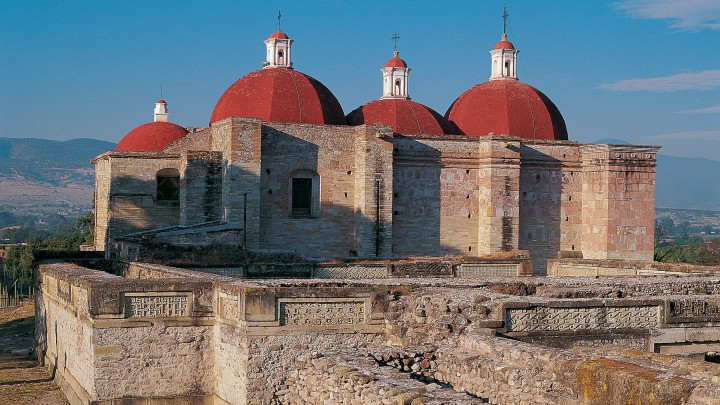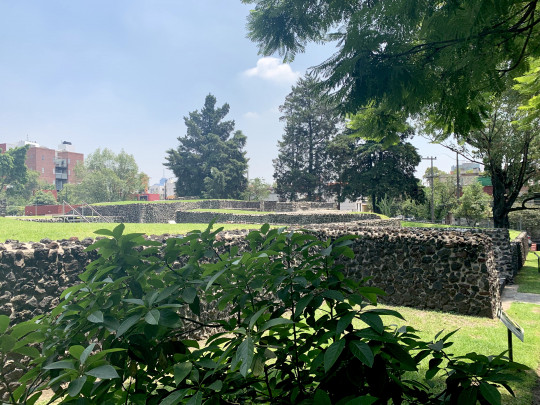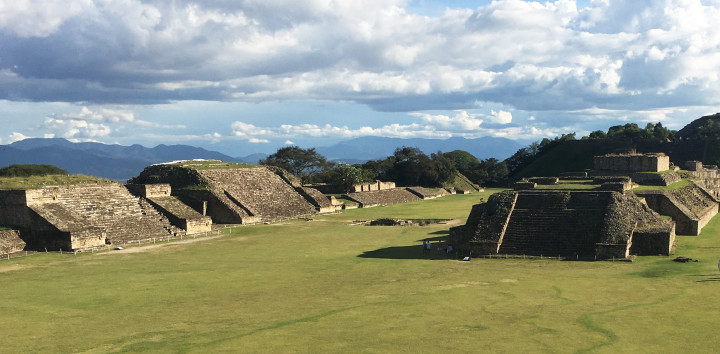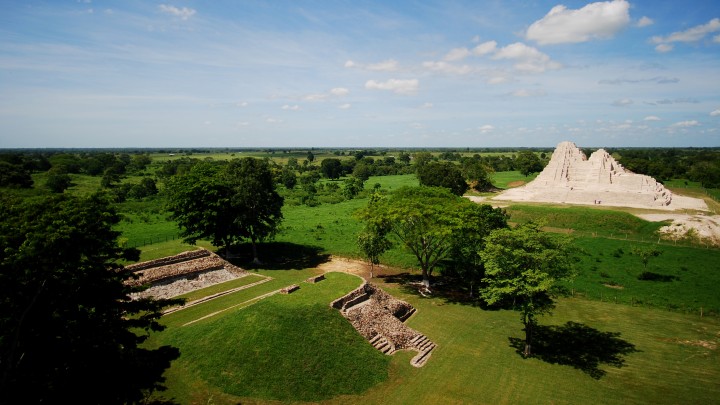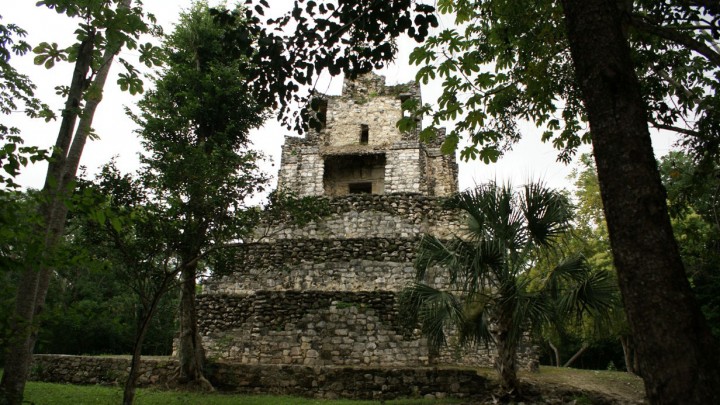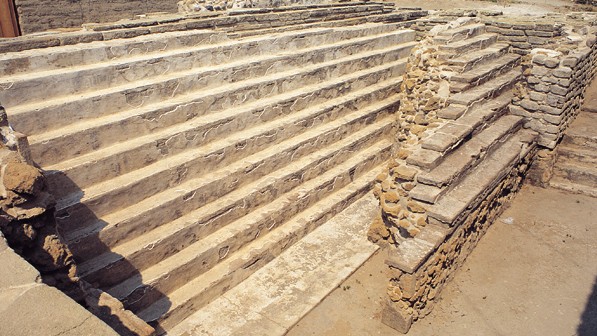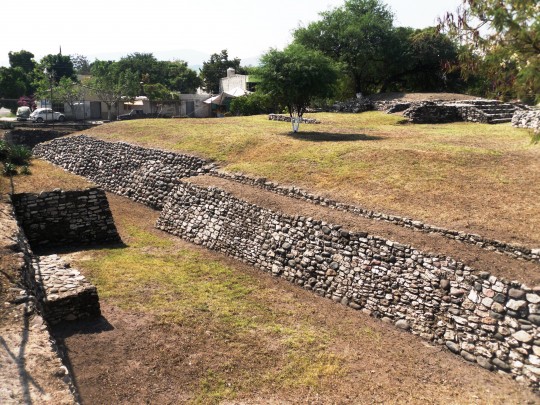189 Sites
This is a zone where stone was worked like jewellery and the Zapotec people showed their devotion to the dead. Here we can see the imprint of the skills of this indigenous group and its marvellous world, established 18 centuries ago.
Oaxaca
Situated to the southwest of Mexico City and contemporary with the Mexica people and Mexico-Tenochtitlan. The site has been continually excavated, restored and managed for more than 100 years, surviving the urban expansion of recent times.
Ciudad de México
The great Zapotec capital, on the flattened top of a group of hills, where the populace lived on the hillsides. Marvellous monuments, burial sites, ceramics, gold jewellery and fine stones. A rival of Teotihuacan, it was invaded by this empire, but survived to leave this amazing legacy.
Oaxaca
From a small village it developed into an important point of control for the trade between Petén and the Gulf coast, via the river San Pedro in Tabasco, over a period of 1,700 years. Splendid walled pyramids and filigree inscriptions testify to its alliance with Calakmul and Palenque.
Tabasco
An important coastal city, inhabited since the fifth century BC, with impressive architecture related to that of El Petén in Guatemala, of temples erected with intricate arrises. It was of great importance in the trade between the peninsula and the Gulf coast. It had contact with Chichen Itza and Mayapan.
Quintana Roo
Surrounded by thick jungle, this city was discovered in 1993 and little is known about it. The great number of buildings, as well as their size, are proof of the importance it attained. It is remarkable that a great many stelae were found inside the structures.
Campeche
The remains of the most important Tlaxcalan fiefdom at the time of the arrival of the Spanish. In the remains of a small temple we can see an altar with polychrome decoration, an area of flint stones surrounding a large burning brazier, upon which lies the figure of Tezcatlipoca.
Tlaxcala
Possibly inhabited by immigrants from Teotihuacan, this architectural complex is made up of clusters of very simple rooms.
Estado de México
This site was inhabited from 1500 BC up to the seventeenth century, serving as the center of government of the region, in one of the most fertile parts of the present-day state of Morelos. A great plaza and two sixteen-foot-high platforms testify to its past splendor.
Morelos

